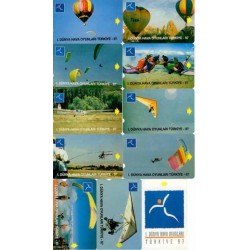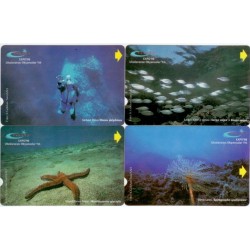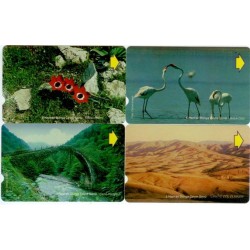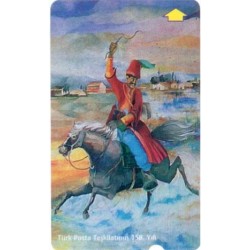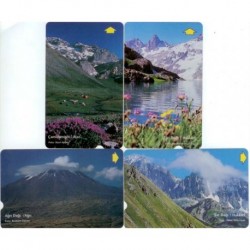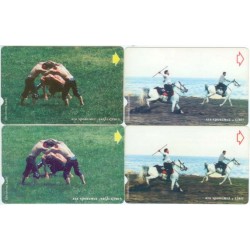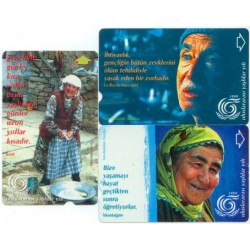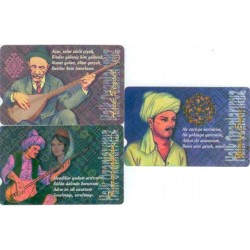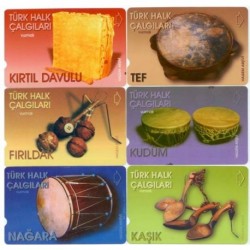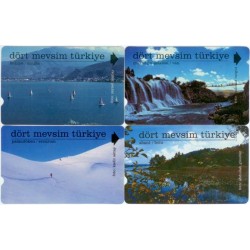No products
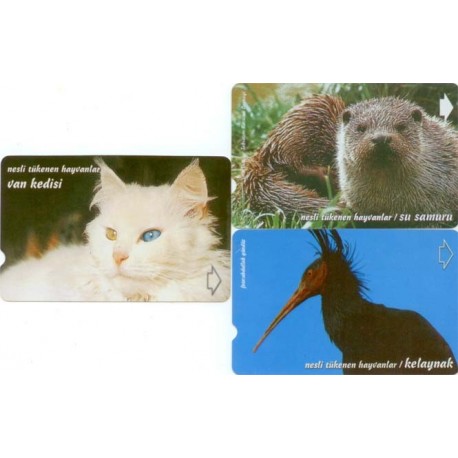 View larger
View larger
ANIMALS IN EXTINCTION-2 PHONE CARD
PHONE0226111
New product
YEAR=MAY 2000, QUANTITY: 500.000
VALUES=30&60&100 UNITS, PRINTING= SWISSCARD.
EMPTY AND CLEAN PHONECARDS.
More info
OTTER
Otters are prevalent species of animals living in Europe, Asia and Northern Africa as well as Turkey. A mature otter is about 120 cm from its head to tail and 15 kg in weight. They have 4 offsprings at a birth and the young otters do not leave their mother for two years. These animals as perfect swimmers can remain under the water for nearly 4 minutes. Since the water products they prefer as food are continually consumed by humanbeings, they face a nutrition problem and they have reached a critical point due to poach and water pollution. Now they are considered under the category of animals facing extinction.
VAN KEDİSİ
(A long - haired breed of cat in the Van area in Eastern Anatolia)
These animals of great concern because of facing extinction are classified under three groups according to the colour of their eyes; The ones with both eyes blue, the ones with both eyes amber yellow (yellow in colour and its hues) and the ones with one eye blue, the other amber yellow. These species have 4 offsprings at a birth and the newly born offsprings have gray eyes and the colour of their eye becomes clear within 40 days after the birth. Among the reasons of their rapid extinction are rapid urbanization, increasing traffic and traffic accidents, socio-economic condition of people, epidemic and contagious diseases. The Research Center of Cats, within 100. Yıl University is currently engaged in protecting this breed of cats from extinction and improving their genetic strain by selection.
KELAYNAK (HERMIT IBIS)
The birds facing a world-wide threat of extinction live in Birecik in Şanlıurfa. They generally feed on the larvae of insects and since they feed on many agricultural pests such as locusts and crickets in great quantities, they are regarded as biological pest fighters. The most important factor for the decline in the number of Hermit Ibis in our country is the use of conventional DDT pesticide against locusts and malaria during the years 1958-1960. DDT, as a very poisonous and hardly decomposing substance in nature, caused not only the extermination of insects, locusts and other species but also the extermination of Hermit Ibis feeding on these pests. DDT thus accumulating in the bodies of surviving Hermit Ibis affected procreation capabilities of these birds for a long time. 45 Hermit Ibises are being protected in Hermit Ibis breeding station by General Directorate of the National Parks and Game-Wildlife.


